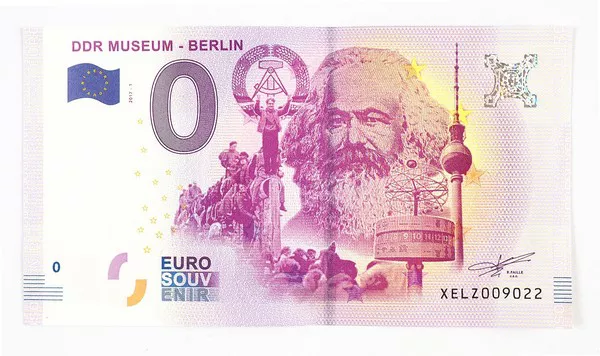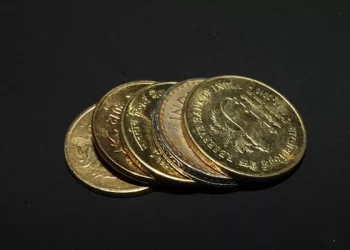Federal Reserve Notes are legal paper money in circulation in the United States. They were not originally issued legally, but were called Federal Reserve notes. They are also called gold notes and gold notes.
The Federal Reserve Board controls and manages the issuance and withdrawal of Federal Reserve notes.
Entrusted by the Federal Reserve Board, the U.S. Treasury Department and its subordinate Office of the Comptroller of the Currency are responsible for the printing and destruction of Federal Reserve notes and other technical work.
The Federal Reserve Board appoints the Presidents of each of the twelve Federal Banks as money issuing agents for their respective reserve districts, who specialize in the execution and management of debt issuance and withdrawal of money.
Before 1980, Federal Reserve notes had to be issued in gold or gold securities.
The issuance reserve ratio shall generally not be less than 40 percent of the Federal Reserve notes in circulation.
When the issue reserve ratio falls below 40%, the Federal Reserve Board must impose a progressive issue tax on the Federal Reserve Banks. That is, the issue tax is 1% when the issue reserve ratio is less than 40% of the total amount of cash in circulation, but above 32.5%, and 1.5-2.5% when it is less than 32.5%.
When the issue tax is imposed, the discount rate increases proportionally, and when the discount rate increases, commercial banks have less demand for loans from the Federal Reserve.
























